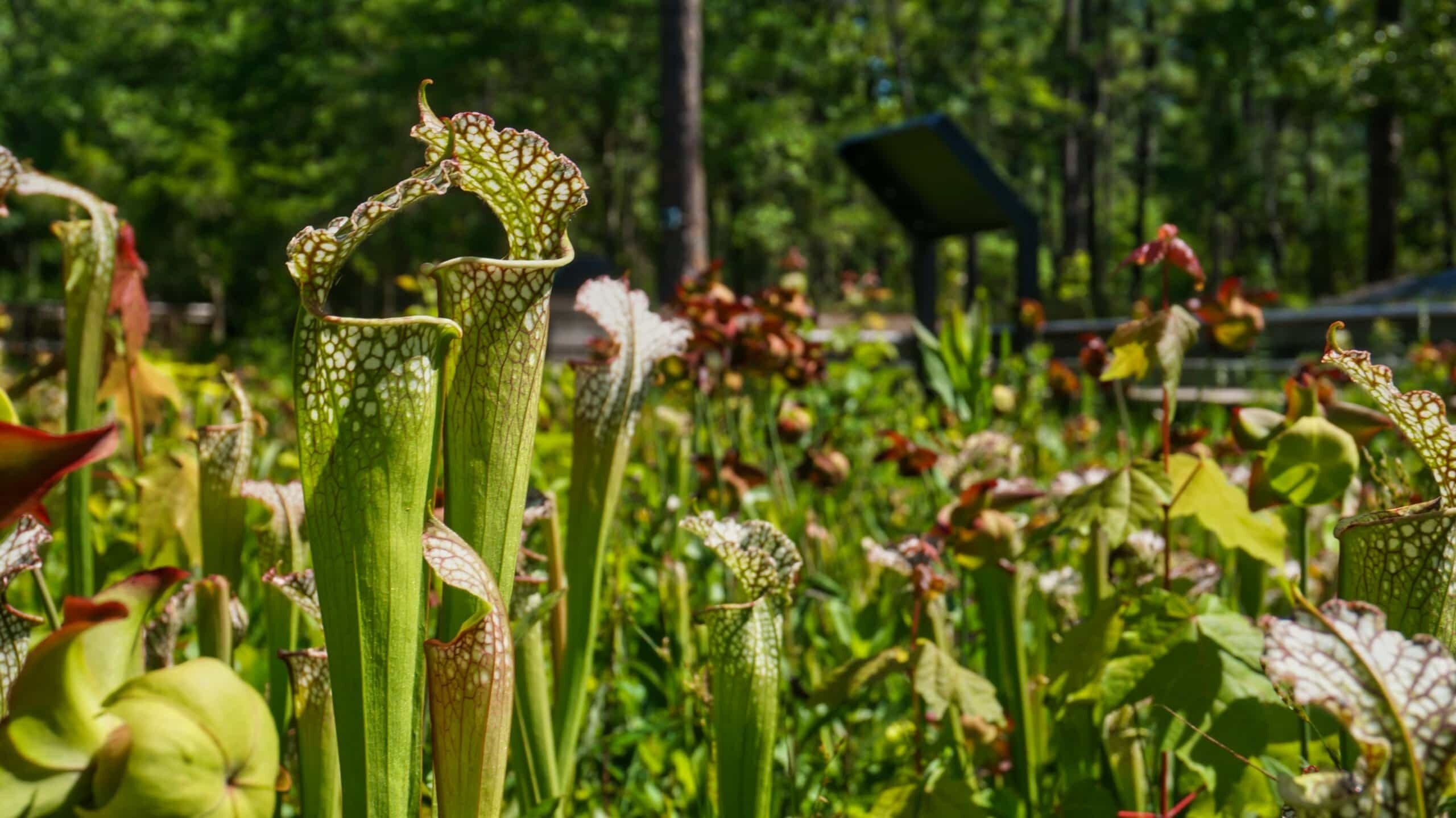Hidden Carnivorous Plant Bogs Of The Carolinas

Have you ever heard of the hidden carnivorous plant bogs of the Carolinas? These unique ecosystems are home to some of the most fascinating plants on Earth. Imagine walking through a lush, green landscape dotted with plants that eat insects. The Carolinas boast several bogs where you can witness these amazing plants in action. From the famous Venus flytrap to the lesser-known pitcher plants, these bogs offer a glimpse into a world where plants take on the role of predator. Whether you're a nature lover or just curious, visiting these bogs will leave you in awe of nature's creativity.
Discovering the Hidden Carnivorous Plant Bogs of the Carolinas
The Carolinas are home to some of the most fascinating and unique ecosystems in the United States. Among these are the hidden carnivorous plant bogs, where plants have adapted to capture and digest insects. These bogs are not only a botanical wonder but also a great adventure for nature enthusiasts. Let's explore some of these hidden gems.
Green Swamp Preserve, North Carolina
Green Swamp Preserve is a treasure trove of biodiversity. This preserve is home to a variety of carnivorous plants, including the famous Venus flytrap.
- Venus Flytraps: Found in their natural habitat, these plants snap shut on unsuspecting insects.
- Pitcher Plants: These plants lure insects into their tube-like leaves, where they are digested.
- Sundews: With sticky, glandular hairs, sundews trap and digest insects on their leaves.
Francis Marion National Forest, South Carolina
Francis Marion National Forest offers a unique opportunity to see carnivorous plants in a diverse forest setting. The forest is a mix of wetlands and uplands, providing a perfect environment for these plants.
- Bladderworts: These aquatic plants have small bladders that trap tiny aquatic organisms.
- Butterworts: With sticky leaves, butterworts catch and digest insects to supplement their nutrient intake.
- Yellow Trumpet Pitcher Plants: These striking plants have tall, yellow tubes that trap insects.
Holly Shelter Game Land, North Carolina
Holly Shelter Game Land is a vast area with a variety of habitats, including bogs that are perfect for carnivorous plants. This area is less known, making it a hidden gem for plant enthusiasts.
- Purple Pitcher Plants: These plants have deep purple tubes that attract and trap insects.
- Green Pitcher Plants: With their bright green color, these plants stand out in the bogs.
- Thread-leaved Sundews: These sundews have long, thread-like leaves covered in sticky hairs.
Carolina Sandhills National Wildlife Refuge, South Carolina
Carolina Sandhills National Wildlife Refuge is a haven for wildlife and unique plant species. The sandy soil and wetland areas create an ideal environment for carnivorous plants.
- Parrot Pitcher Plants: These plants have unique, parrot-beak shaped leaves that trap insects.
- Sweet Pitcher Plants: Known for their sweet-smelling nectar, these plants lure insects into their traps.
- Dwarf Sundews: These tiny sundews have small, sticky leaves that catch insects.
Croatan National Forest, North Carolina
Croatan National Forest is a diverse ecosystem with a variety of habitats, including bogs that support carnivorous plants. This forest is a great place to see these plants in their natural environment.
- White-top Pitcher Plants: These plants have striking white tops that attract insects.
- Round-leaved Sundews: With round, sticky leaves, these sundews trap and digest insects.
- Horned Bladderworts: These aquatic plants have horn-like structures that trap small aquatic organisms.
Lewis Ocean Bay Heritage Preserve, South Carolina
Lewis Ocean Bay Heritage Preserve is a unique area with a variety of habitats, including bogs that are home to carnivorous plants. This preserve is a hidden gem for those looking to see these plants in the wild.
- Fetterbush Pitcher Plants: These plants have unique, bush-like structures that trap insects.
- Rose Pogonia Orchids: While not carnivorous, these orchids often grow alongside carnivorous plants in the bogs.
- Golden Club: Another non-carnivorous plant, but often found in the same habitats as carnivorous plants.
Pocosin Lakes National Wildlife Refuge, North Carolina
Pocosin Lakes National Wildlife Refuge is a vast area with a variety of habitats, including bogs that support carnivorous plants. This refuge is a great place to see these plants in their natural environment.
- Waterwheel Plants: These aquatic plants have wheel-like structures that trap small aquatic organisms.
- Thread-leaved Sundews: These sundews have long, thread-like leaves covered in sticky hairs.
- Yellow Butterworts: With their bright yellow leaves, these butterworts catch and digest insects.
Nature's Hidden Wonders
The carnivorous plant bogs of the Carolinas offer a unique glimpse into nature's ingenuity. These bogs, home to Venus flytraps, pitcher plants, and sundews, showcase the incredible adaptability of plants. Visiting these hidden gems provides an opportunity to witness firsthand the delicate balance of ecosystems. It's a reminder of the importance of preserving these habitats for future generations. Exploring these bogs can be an educational and awe-inspiring experience, revealing the fascinating world of plants that have evolved to thrive in nutrient-poor environments. Whether you're a nature enthusiast or just curious about the natural world, the carnivorous plant bogs of the Carolinas are a must-see. So next time you're in the area, take a detour and immerse yourself in the wonders of these extraordinary landscapes.

